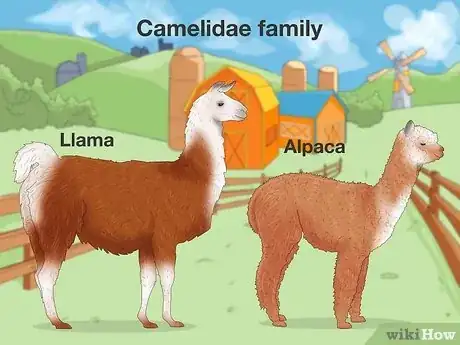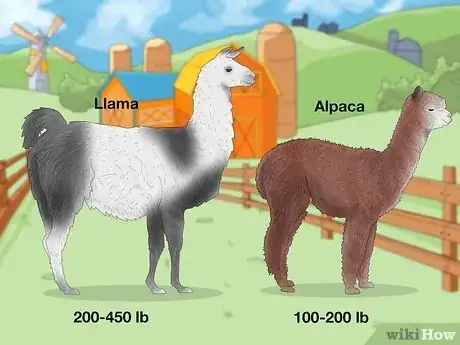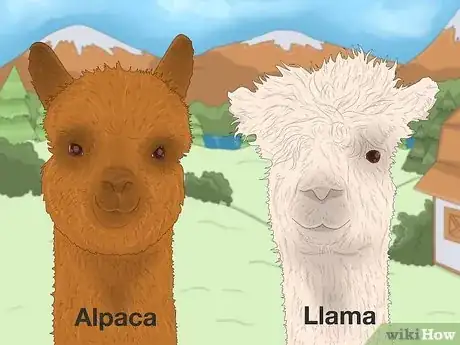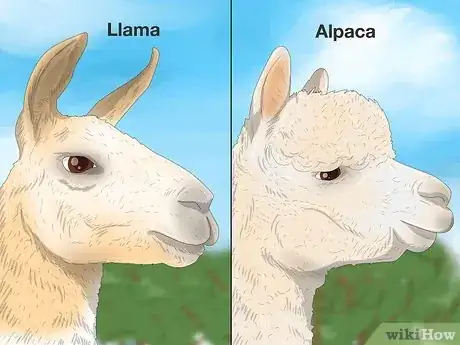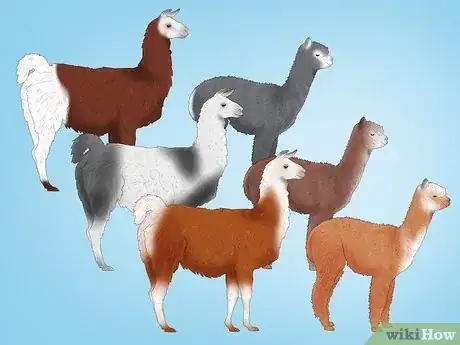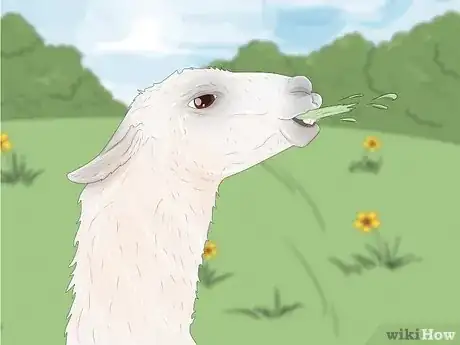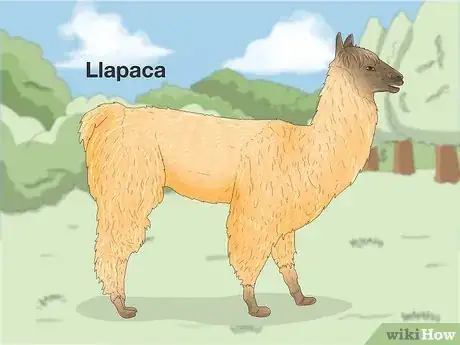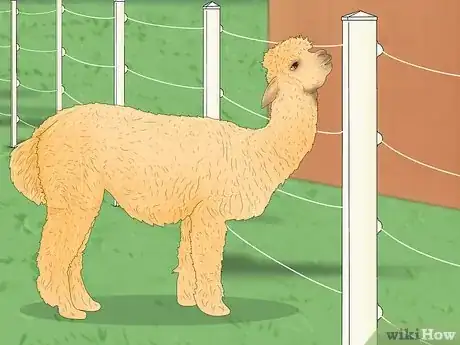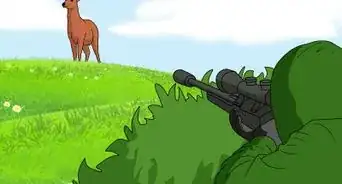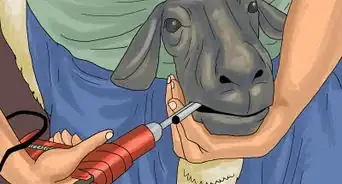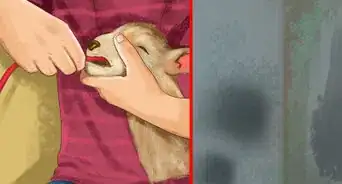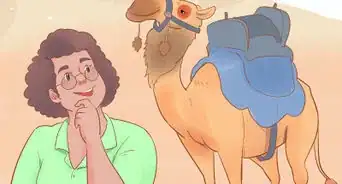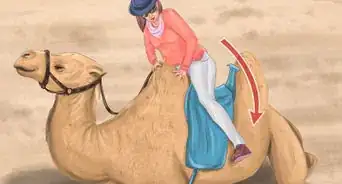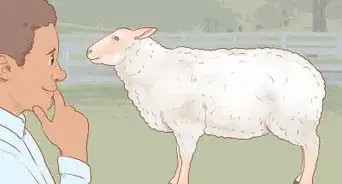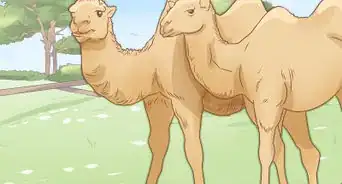This article was co-authored by wikiHow staff writer, Aly Rusciano. Aly Rusciano is a Creative Writer based outside of Nashville, Tennessee. She has over ten years of experience in creative, academic, and professional writing. Aly’s writing has been nationally recognized in the Sigma Tau Delta Rectangle and featured in Blue Marble Review, The Sunshine Review, PopMatters, and Cathartic Literary Magazine. She graduated from The University of Tennessee at Martin with a BA in English, focusing in Creative Writing and minoring in Theatre.
This article has been viewed 1,219 times.
Learn more...
Llamas and alpacas. They look the same, so they must be the same, right? Well, not exactly. Llamas and alpacas sure do look and act similarly, but they have a lot more differences than you may think. We’ve put together all the facts about llamas and alpacas so you can learn how to tell them apart. From size to personality, we’ve got it all, so keep reading!
Things You Should Know
- Llamas and alpacas are cousins from the same Camelidae family.
- Llamas are larger than alpacas, outweighing them by about 100 lb (45 kg).
- Alpacas have shorter and stubbier faces and ears than llamas.
Steps
Differences Between Llamas & Alpacas
-
1
-
2HairAlpacas have the best wool for fleece production. Their shaggy and somewhat matted locks are perfect for making soft fabrics, whereas the llama’s coarser hair isn’t ideal for trade.
- A llama’s lightweight wool can be used by weavers and spinners to make thin threads and fabrics.[4]
-
3Face & EarsLlamas have longer faces and ears than alpacas. One of the easiest ways to tell these animals apart is by their face shapes. A llama has a long snout and banana-sized ears, while an alpaca has a stubbier face with short ears.[5]
-
4
-
5PersonalityLlamas and alpacas are both sociable animals, but llamas tend to be more independent. These animals like to be with other animals of their species.[8] However, alpacas gravitate towards herds more easily than llamas due to their skittish nature. They’re also both gentle, intelligent, and curious animals that communicate vocally and with body language.[9]
- Because of their independence, llamas are often used as guard animals to protect herds of alpacas, sheep, and other livestock.
- During breeding, a male llama will make an ogling sound to attract a mate.
- Alpacas and llamas only spit on people when they feel threatened, but they will spit on each other if they’re annoyed.[10]
-
6PurposeIn South American, llamas and alpacas are domesticated animals bred and raised for wool production; however, llamas are generally raised to be pack animals to protect herds and pull carts. In Peru, alpacas can be bred for meat, but it’s more common for llamas to be harvested for meat and hide.[11]
References
- ↑ https://nhpbs.org/wild/camelidae.asp
- ↑ https://nationalzoo.si.edu/animals/alpaca
- ↑ https://oklahoma.agclassroom.org/resources_facts/agfacts_llamas/
- ↑ https://oklahoma.agclassroom.org/resources_facts/agfacts_llamas/
- ↑ https://hlaa.us/llama-alpaca-facts/
- ↑ https://hlaa.us/llama-alpaca-facts/
- ↑ https://zooatlanta.org/animal/huacaya-alpaca/
- ↑ https://hlaa.us/llama-alpaca-facts/
- ↑ https://oklahoma.agclassroom.org/resources_facts/agfacts_llamas/
